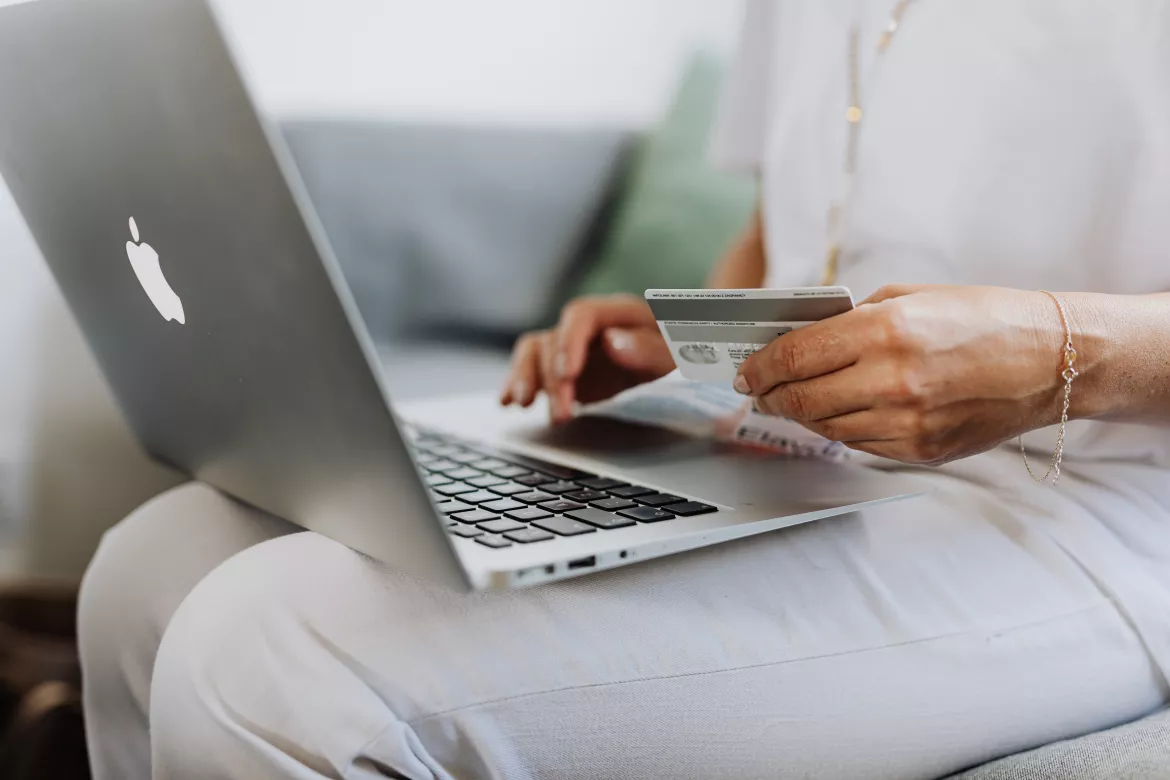Once a niche form of credit around for years (known as “layaway” in the U.S., or “lay-by” in Australia), "Buy Now, Pay Later" (BNPL) agreements that let shoppers get the products (goods & services) upfront and pay for it in instalments are soaring as the lockdown brought e-shopping to new ages in 2020 with global e-commerce transactions totalizing d $4.6 trillion up 19% from 2019.

Then, we reckon the BNPL is here to stay for numerous reasons:
NPL is supported by the Retailers as the product is a sales booster:
For retailers obsessed with return on assets and customer loyalty, the BNPL acts as a powerful tool. That’s why higher-value retailers selling everything from vacuum cleaners, electric guitars, garden furniture and mattresses are eager to have BNPL offerings even though it implies paying double-digits commissions to BNPL players.
Iconic companies are now operating the BNPL fields:
# Klarna: The Swedish icon valued more than 45 bn€, one of the five biggest breakout shopping apps by downloads in 2021. The fintech signed more than 250.000 partnerships signed with retailers and brands like H&M, Ikea, Samsung, and Nike. Klarna launched a “super app » that allows users to shop at any online retailer, regardless of whether it has partnered with the firm, and split the payment into three interest-free instalments – eliminating the need to use a credit card. Klarna said recently that following a successful test phase, it was rolling out current accounts in Germany so people there could “experience the full end-to-end Klarna experience”.
# PayPal: PayPal is one of the biggest financial players so far to muscle in on this market. It launched a BNPL service in October 2020 and has unveiled similar services in the US, Australia, and France.
# Monzo: Monzo became one of the first UK banks to begin rolling out a BNPL service to its 5 million customers, who can use it for online and in-person purchases at any retailer, and secure credit limits of up to £3,000 after an affordability check.
BNPL growth and revenues perspectives are very favorable:
# Global: BNPL accounted for 2% or about $97 bn of all global e-commerce transactions in 2020 (Worldplay, 2021). Going forward, the BNPL global market size is to reach $995 bn in 2026 for $20 bn in revenues (Grand View Research, 2021).
# UK: Consumers spent £2,7bn through BNPL in 2020, only 1% of the total credit market of £ 250 bn in outstanding credit debt but the use quadrupled compared to 2019. By 2026, Britons will be spending close to £40 bn a year in BNPL products.
Wrap-up and perspective:
Non-bank BNPL players have so far gathered between $8-10 bn of annual revenues (McKinsey’s Consumer Lending Pools data, 2021) at the expense of retail banks credit card business that is very profitable when credit risk is well managed. Then, the relevant decision for banks should be to expand their product range, launch marketing campaigns, sign partnerships with merchants or buy-out pure BNPL players. Recent buy-out of Floa by BNPP, Oney by BPCE and Greensky by Goldman Sachs illustrate banks. However, the boom might be ending-up in dust for BNPL market participants for the following reasons:
# The BNPL Business half as profitable as traditional installment loan, Karna & Co are forced to increase merchant discount rate from single to double digits, augment volumes of credit and/or to equip customers with additional products (bank accounts, insurance).
# Regulator's oversight of BNPL have been smooth so far but will be strengthened no later than 2022 in the UK and USA to require careful pre-trade client eligibility and sober marketing campaigns & slogans. These future ruling will probably curb credit production, client adoption and profitability.
# Cost of risk is starting to materialize with a recent Fitch Ratings study highlighting that 30% of British BNPL end-client have missed at least one payment. Risk management remains the single most important key success factor in consumer lending.
# Apple might have coined a BNPL killer offering with the ‘Apple Pay Later’ service that leverages on Goldman Sachs risk scoring. Just keep in mind that 85% of all US merchants can promote it.
Written by

- Alexandre B., co-Head Avertim France
